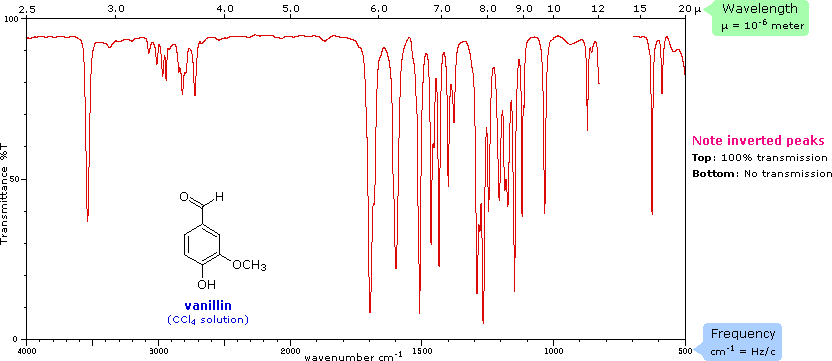IR VIBRATIONAL SPECTROSCOPY
IR VIBRATIONAL SPECTROSCOPY
- It involves the transition between vibrational energy levels of a molecule.
- It arises due to the change in dipole moment with the vibration of a bond.
- The vibrational spectra are given by the EM radiations in the IR region of range 500-4000cm-1
- This type of spectrum is given by diatomic molecules with permanent dipole moments like HCl, H2O, and molecules with fluctuating dipole moments like CO2. These are IR-active molecules.
- Compounds which are IR inactive are H2 , O2, N2, Cl2
- It is also called vibrational rotational spectrum since the rotational energies are smaller than vibrational energies so both vibration and rotation occur simultaneously.
- It is used to establish the identity of a compound or determine the structure of a new compound.
- It can also predict the functional groups which absorb at definite frequencies.
PRINCIPLE
- The movement of atoms and the chemical bonds (vibration) is like a spring and ball. The characteristic vibration is called the natural frequency of vibration.
- When the energy in the form of IR radiation is applied, it causes the vibration of atoms in the molecule and the applied IR frequency become equal to the natural frequency of vibration, absorption of IR radiation takes place and a peak is observed.
- Different functional groups absorb characteristic frequencies of IR radiation hence particular peak values.
- IR spectrum of a chemical substance is a fingerprint of a molecule for its identification.
Number of vibrational modes
To describe the position of a molecule, three degrees of freedom corresponding to three Cartesian coordinates are present. A molecule having n atoms, there are 3n degrees of freedom. For Linear molecules, There are 3 translational and 2 rotational degrees of freedom. Total number of vibrational modes = 3n-5 For a diatomic molecule (n=2) , 3x2-5=1 , only 1 vibrational mode is possible. Ie Stretching vibration
Eg: HCl undergoes one stretching vibration.

Comments
Post a Comment